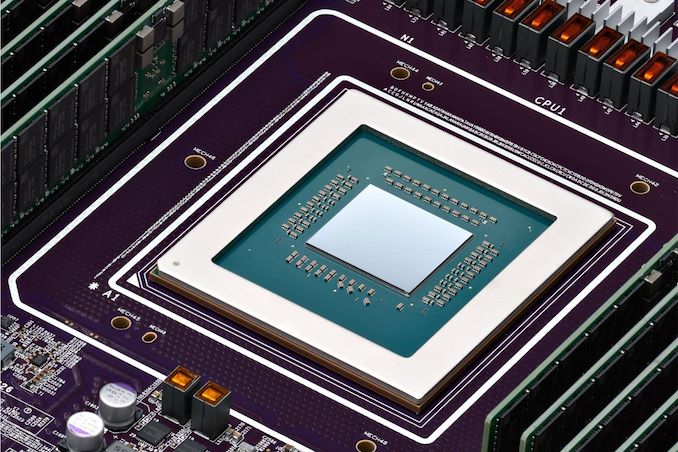Google’s Game-Changer: Meet the Axion CPU
Have you ever wondered what powers the enormous digital infrastructures of giants like Google? Well, let me share a little secret with you: it’s all about the silicon. Google, a pioneer in the hyperscaler space, has been working its magic behind the scenes, crafting custom silicon solutions for its sprawling services. Initially, it rolled out its Tensor Processing Units (TPUs) for AI endeavors, and Video Transcoding Units (VCUs) for YouTube. Yet, when it came to custom CPU designs, Google seemed to take a more cautious approach, relying on the tried-and-true off-the-shelf offerings from leading CPU manufacturers. That is, until now. With a flourish, Google recently unveiled its very own data center powerhouse, the Axion CPU.
The Heart of Axion: Arm’s Neoverse V2
At the heart of Google’s revolutionary Axion CPU beats the pulse of Arm’s Neoverse V2 (Arm v9) platform. It’s essentially the Formula 1 engine of Arm’s high-performance server CPU designs, already revving up other tech marvels like NVIDIA’s Grace. The Axion, however, isn’t just any entrant into the crowded field of processors. Google has tailored it to handle a broad spectrum of tasks with aplomb, from web and app hosting duties to crunching data analytics, running microservices, and even training AI. It’s a jack-of-all-trades that doesn’t compromise on mastery, offering up to a staggering 50% performance uptick and 60% better energy efficiency over the reigning x86 champs, and even flexing a 30% performance muscle over its datacenter Arm-based competitors. That’s a lot of numbers, but the takeaway? It’s fast and frugal with power. Of course, Google’s playing its cards close to the chest, leaving us guessing on the exact CPUs it’s leaving in the dust.
The Secret Ingredient: Titanium Microcontrollers
But wait, there’s more. Google didn’t just stop at designing a formidable CPU. Nope. They went ahead and sprinkled some of their proprietary magic into the mix. Enter the Titanium microcontrollers, Google’s special sauce designed to offload the nitty-gritty tasks like networking and security, along with storage I/O processing to its Hyperdisk block storage service. This neat trick means that the CPU cores can dedicate themselves to the heavy lifting, free from the mundane. And for the memory aficionados, Axion sticks with the reliable dual-rank DDR5 memory modules, because why fix what isn’t broken?
“Google’s announcement of the new Axion CPU marks a significant milestone in delivering custom silicon that is optimized for Google’s infrastructure, and built on our high-performance Arm Neoverse V2 platform,” stated Rene Haas, CEO of Arm. It seems like Google’s silicon safaris into the realm of Arm architectures for services like BigTable and Spanner have led them to this point, ready to offer Axion-based instances to those keen on Arm’s architectural advantages.
So, what does this mean for us, the end users? A Google that’s more efficient, more capable, and possibly ushering in a new era of performance and efficiency. And in the grand tapestry of the tech world, the Axion CPU could very well be Google’s most audacious stitch yet.
Sources: Google, Wall Street Journal




